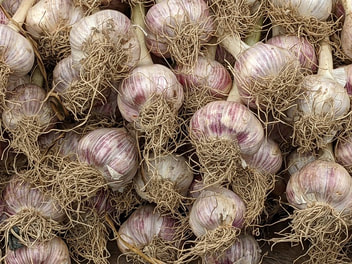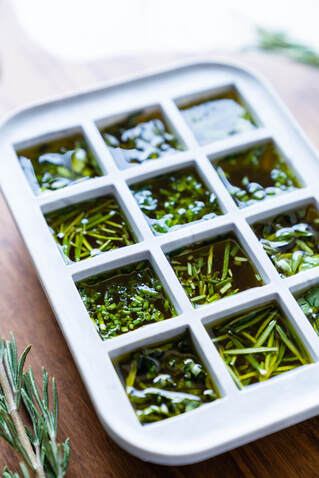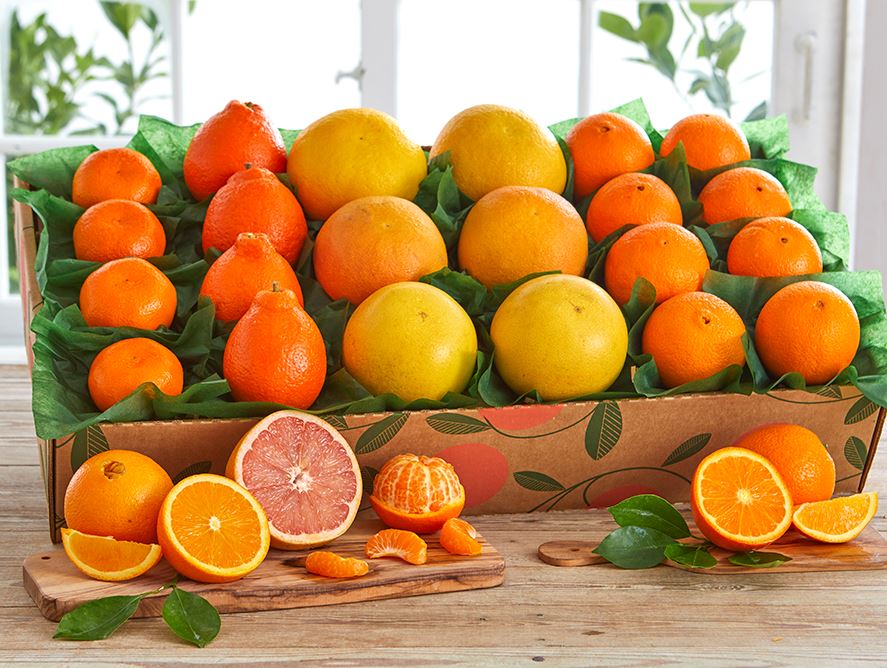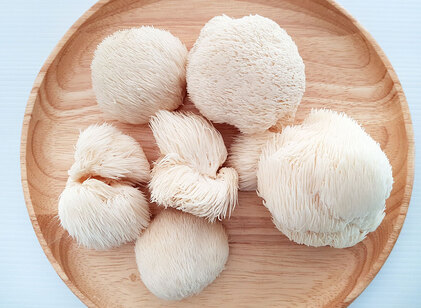 Seasoned cooks and novices alike know garlic is an essential part of a huge variety of recipes. The cloves add distinctive flavor to everything from pasta to potatoes. However, using that powerful taste takes practice. Here are four tips to keep in mind the next time you reach for a head of garlic: 1. Always keep it fresh While pre-cut garlic is readily available at the grocery store you may be sacrificing a great deal of flavor for convenience. Keep a few fresh cloves on hand, and take the time to cut or crush them yourself. You’ll be able to taste the difference. 2. Use the right cut The way you prepare garlic before cooking can make a significant difference in how your dish turns out. Using a garlic press or mortar and pestle gives you strong flavors, but a microplane grater will have the most intense results. Mincing by hand leaves a relatively mild taste, and it is the method called for in many sauce or marinade recipes. Begin by removing the outer layers of skin from the head of garlic and smashing it to break the cloves loose. Peel and crush each of them with your knife. Roughly chop the cloves and then give them a finer cut by rocking the knife back and forth. 3. Wait until the right moment It is easy to end up with burned garlic, particularly when it’s been cut into small bits. Avoid setting the stove’s temperature too high and clock when you add garlic to the pan. For a pasta sauce, first saute the garlic and then add liquid to lower the heat. Wait for a stir-fry to be about halfway done before throwing in the sliced cloves. 4. Roast slowly Taking care with the time and temperature is especially important when it comes to roasting garlic. First trim a quarter inch from the top of a whole head while the oven heats to 400 degrees. Add one or two teaspoons of olive oil before wrapping the garlic in aluminum foil. Set it on the middle rack in the oven to roast for about 40 minutes. The garlic is done when you can easily cut into the center clove, but you can keep cooking to achieve a golden color and caramelized taste.
0 Comments
We can't wait to introduce you to all the amazing people who help bring fresh, local food to your door each week. Employee profiles coming soon! Help Us GrowCommunity Coordinator Position
Passionate about local food? We are looking for community coordinators who can help bring fresh, local produce to their neighbors or coworkers. All community coordinators are paid for their work and can also earn free produce. The commitment is flexible and can range from 3-10 hours/week. The main requirements are that you have a car, that you are available for a couple of hours on Wednesday or Thursday afternoons and that you are passionate about bringing fresh, local food to your community. Contact us if you are interested in learning more about the community coordinator position.  Did you know you can freeze most produce? We want you to get the best value from your WinterFix deliveries but appreciate that some weeks it may be hard to use up all the fresh local produce or you just can't eat another onion! Some vegetables require blanching before freezing. Raw fruit, on the other hand, freezes just fine. Blanching vegetables, or dunking them into boiling water, stops the enzymes that cause discoloration and turn frozen produce mushy. Read on for a tips and techniques for preserving your winter fruits and veggies. SquashWith the exception of spaghetti squash, winter squashes hold really well frozen. However, you can't freeze squash whole. A little prep work goes a long way toward preserving these versatile vegetables. When cooked, the best way to freeze winter squash is as a purée, which holds up well once thawed. Portion the puréed squash, then freeze for later. Once frozen, the purée can be transferred and stored in a resealable freezer bag for up to three months. Butternut squash, in particular, freezes like a champ! It does fine whether frozen raw or cooked. Freeze raw butternut squash pieces in the same way you would freeze berries: Place them on a baking sheet, spaced out so they don’t touch each other, and freeze until very firm. Then gather them in a freezer container, leaving room for possible expansion. Freeze until needed. HerbsYou can freeze most herbs and they do not need to be blanched first. Just rinse, remove the leaves from the stems and let them dry on a flat tray. You can then put a bunch of these leaves together in a bag and freeze them. Freeze chopped herbs in olive oil, use an ice cub tray, for a lovely flavored oil that works great in a stir-fry or a soup. MushroomsMushrooms should be cooked or steam blanched before freezing. Cut the mushroom into 1 inch pieces. To blanch your mushrooms, bring a pot of water to a boil and place a steamer basket inside. Add the mushrooms to the basket and let them steam for 3–5 minutes. Then, remove the mushrooms and place them immediately into a bath of ice water for the same amount of time that you steamed them. Strain the water, place the mushrooms in airtight, freezer-safe bags, and store them in the freezer. Frozen mushrooms are great for soups, pasta, rice, quinoa, stir fry or quiches. You can also make a mushroom soup and freeze it for up to three months. Check out our recipe page for a simple and delicious Cream of Mushroom Soup. OnionsWhen you have a surplus of onions or notice them starting to sprout, dice or slice onions into strips (depending on how you want to use them later) and place them on a cookie sheet. Put the cookie sheet into the freezer and allow them to flash freeze for a couple of hours. This will prevent them from sticking together. Once the onions are frozen, place them into a dated and labeled freezer bag. You'll have diced onions on hand for soup, rice, omelets or any recipe that calls for cooked onions. ApplesApples last a long time but freezing them will extend their shelf life even longer. To freeze apples, peel, core and cut into slices. Soak the apples in a lemon juice bath for 5 minutes. Drain and dry. Then arrange on a large baking sheet and freeze for at least 4 hours. Transfer to a freezer bag and store in the freezer for up to one year. Cooked apples such as in apple crisp and applesauce also freeze well.
 The days are short, cold and often sunless this time of year, but you can find a burst of sunshine in your weekly produce delivery: Citrus Fruit. Thanks to our partnership with Thorpe's Organic Family Farm, we can deliver delicious, organic grapefruit, oranges and tangerines throughout these long winter months. For more than a decade, the Thorpe Family, whose certified organic farm is located in East Aurora, has also grown citrus in Lake Wales, Florida. Citrus fruits grow on flowering trees and shrubs. They are characterized by a leathery rind and white pith that encases juicy segments. Cultivated in tropical and subtropical climates all over the world, major production hubs include Spain, Brazil, China, the US, Mexico and India. Interestingly, nearly a third of all citrus fruits are used to make juice. You can find all kinds of citrus fruits year round. The peak season for oranges and grapefruits in the Northern Hemisphere is between mid-December and April.  A note about Organic Citrus: Organic citrus may not always be the most beautiful. To achieve perfection, farmers sometimes use methods that are not approved for organic farming to improve the fruit's appearance. Depending on climate conditions, citrus may ripen while still green. Unlike some other fruits, ripeness is not determined by color. However, most people associate an Orange with the color orange. Therefore, some growers dye their fruit to obtain that signature color and improve their marketability. This is not allowed for organic citrus fruits. Further, organic labeled produce is prohibited from using genetically modified seeds which are often used to produce the best colors and to be more resistant to the elements. While our Organic Citrus may be a little discolored on the outside, once you cut into it you'll see the inside looks perfect. The flavor is even better! So, if your citrus looks a little blotchy or green, take comfort in knowing it is completely safe, edible, and tasty. BenefitsCitrus fruits are an excellent source of vitamin C, a nutrient that strengthens the immune system and keeps your skin smooth and elastic. In fact, just one medium orange has all the vitamin C you need in a day. They also have good amounts of other vitamins and minerals that your body needs to function properly, including B vitamins, potassium, phosphorous, magnesium and copper. Additionally, citrus is rich in plant compounds that have various health benefits, including anti-inflammatory and antioxidant effects. OrangesHamlin: Sweet and juicy, the Hamlin orange is larger than other varieties and has few to no seeds, making it one of the best oranges for eating or juicing. Sugar Bell: Sugar Bell oranges are rare breed of citrus fruit - a cross between the luscious Honeybell oranges and full-flavored Clementines, these oranges are super sweet, juicy and easy to peel. The size is perfect for snacking or packing in lunches. Navel: Navels are part of the winter citrus family. They're seedless, peel easily, and are thought to be one of the world's best-tasting oranges. Because of the peculiar human-navel-like formation found opposite the stem-end, we can easily identify Navel Oranges from other cultivars or varieties. This belly-button like formation answers the question “Why are Navel Oranges called Navel Oranges?” Tangerine: This citrus fruit are a subgroup of mandarins. Most commonly, mandarins that are reddish-orange and brightly colored tend to be labeled as tangerines. The taste is considered less sour, as well as sweeter and stronger, than that of an orange. Tangerines are most commonly peeled and eaten by hand. GrapefruitTheir bulbous size; bitter pith (the white stuff that surrounds the fruit); and tart taste can be off-putting to those who are more accustomed to their sweeter citrus cousins, like the orange. But consider adding this superfood to your regular rotation of healthy foods. It's among the 20 best breakfast foods. Storage Tips
RecipesCitrus Salad with Fennel Vinaigrette -- Sub Top Seedz crackers for the sesame clusters in this recipe.
Candied Grapefruit Peel Citrus-Marinated Chicken Thighs Orange-Scented Olive Oil Cake  Lion’s mane mushrooms are large, white, shaggy mushrooms that resemble a lion’s mane as they grow. This mushroom is popular in vegan and vegetarian recipes. It is absolutely delicious and provides an amazing hearty and firm texture, very similar to crab. It is mild in flavor and is an excellent vehicle to take on different flavors. Many describe their taste as “seafood-like,” often comparing it to crab or lobster. We source ours from Flat#12 Mushrooms in Buffalo. These mushrooms have both culinary and medical uses in Asian countries like China, India, Japan and Korea. Lion’s mane mushrooms contain bioactive substances that have beneficial effects on the body, especially the brain, heart and gut. Thoroughly heating them softens the mushroom, releasing the nutrients and medicinal compounds. 9 Health Benefits of Lion's Mane Mushroom:
Storage & PreparationLion's mane mushrooms will last up to a week if properly stored and cared for, and they really aren't that finicky. Just keep them away from water—do not wash them until you are ready to eat them, if at all—and store them in your fridge away from the direct flow of cold air. (The crisper drawer will do just fine.) Brush off any dirt or black bits on the "fur" of the mushroom. Remove the "foot", where it was attached to the tree (it resembles the stalk of a cauliflower). Cut the mushroom into 1/2 inch steaks or as best you can, uniformly. Cooking Ideas
The furry fronds will go from soft to crispy and soak up all that butter. So satisfying as a side dish or served warm on top of salad. Vegetarian "Crab" Cakes
Ingredients
|
Archives
August 2021
Categories
All
|

 RSS Feed
RSS Feed